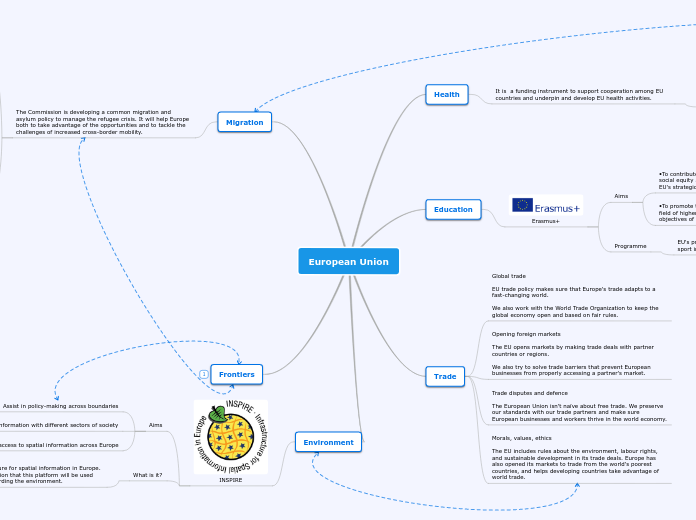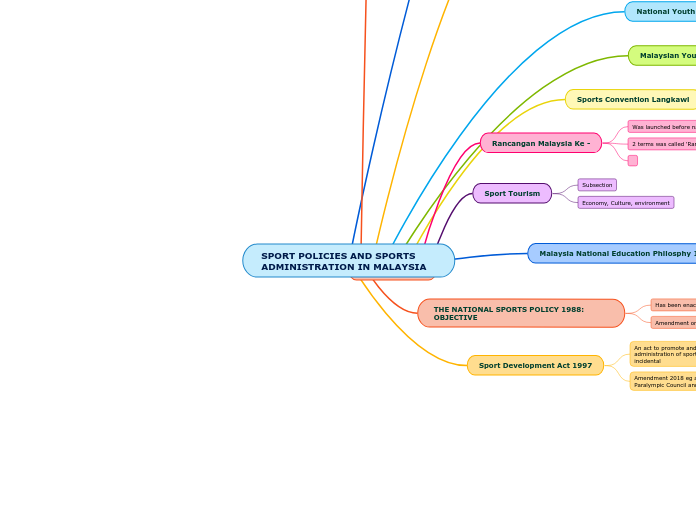In order to demonstrate these paradox, ironies and contradictions, it is important to analyse how society's response to youth crime has been dominated by a focus on 'welfare and or Justice', 'care and or control', 'treatment and or punishment', and latterly, there has been a return to 'justice'.
YOUTH JUSTICE POLICY: key Concerns, Contradictions, Conflicts and Contraversies
Within youth Justice, it is important to reflect upon the central themes and contested dynamics and attempt to understand that youth Justice as a system is a relative construct, often subject to the varying impulses and pressures of policy and law making. These themes centre around:
1. complexities of process
2. Contradictions in practice
3. And Controversies in policy making
"The process of policy formation have tended to negate evidence within a political context in which 'toughness imperatives' eclipse rationality and responsibility. As a result there is a lack of coherency within the broader body of youth Justice policy....the relation between correctionalists priorities which typify youth Justice policy and the more inclusive and benign rationales that are said to characterise other core state policy, is at best fractured" (Goldson and Muncie, 2006:203).
CONCLUSION
Main points of critical evaluation
Main points of critical analysis
Objective
Aim
Recap
INTRODUCTION
Reasoning
What was the reasoning behind these choices?
Content
What/Which research, studies, philosophies, theories, evidence have you analysed, evaluated, explored, discussed in an attempt to answer the question.
Context
In what context does the question relate to?
Objectives
How might you answer the question?
Aims:
What is the question asking?
DESCRIPTION
A separate system of youth Justice exists through a specific body of policies, procedures, practices, courts and legislation for the processing of young offenders.
Harris and Webb (1987:79) suggest the system is "riddled with paradox, irony, even contradiction...[it] exists as a function of the child are and criminal Justice system on either side of it! a meeting place of two otherwise separate worlds".
Throughout the development of the system of youth Justice, policy reform and developments in practice have rarely followed a linear trajectory.
Moral panics about immoral and wicked young people have been a dominant and re-occurring theme represented by the media throughout the decades.
Instead of understanding the young delinquent the media have contributed and exacerbated an image that our young people are evil and depraved.
etiology of juvenile delinquency
Historical evidence of the use of the term during the our long and varied history.
The problem with definition of 'youth' and 'crime'
we automatically perceive our younger generations to be out and out delinquent
COMPARE/CONTRACT: Alternative Models of Youth Justice Policy
CRITICAL EVALUATION: Youth Justice policy formation and developments within youth Justice practice.
1990’s: New Labour
The emergent managerial and actuarial discourse of the late 1980’s were joined in the early 1990’s by the embracing of ‘populist punitiveness’ under the redefined Labour Party.
Complexities:
Feeley and Simon (1992) suggested echoes of both the old ‘welfare’ and ‘justice’ models as well as signs of the influence of ‘new’ penological thinking in New Labour’s practice.
Furthermore, a form of punitive responsiblisation ran through their rhetoric through their focus on ‘at risk’ groups.
Such is the power and influence of RFR that it has come to dominate much juvenile criminology across the western world.
Contradiction:
Although, one difficulty is identifying how ‘punitive’ New Labour’s ‘populism actually was in practice. In other words, being tough on the causes of crime at the same time as displaying its ‘no more excuses’ approach.
Crime and Disorder Act, 1998: “It shall be the principal aim of the youth justice system to prevent offending by children and young persons” (Section 37(1))
The Act created 158 Youth Offending Teams (YOTs),
25 secure residential establishments
YOTs multi agency teams led by local authorities
Implementation of numerous orders i.e. parenting orders, final reprimands, anti social behaviour order, parenting order and child safety order.
1980's: Politicising Youth Justice
CONTRADICTION: despite this appearance, an increased use of punitive community punishments occurred, particularly Intensive Intermediate Treatment (IIT's) orders, which demonstrated an increase in the proportion of juveniles cautioned and a decrease in the numbers sentenced to custody during this period.
Pratt (1990) draws attention to the conservatives overall concern with efficiency and values for money, and not the 'get tough' approach that they had emphasised in their manifesto.
Subtopic
Delinquents were no longer social casualties. Conservatives were of the view that youth crime could only be controlled if it was punished more severely, modelled on the army philosophy 'short, sharp, shock'.
The White Paper titled 'Young Offender' (Home Office, 1980) shifted the emphasis from the 'child in need' to the 'juvenile criminal', culminating in the Criminal Justice Act, 1991. the act provided the appearance of a strong government with a tough on crime rhetoric.
1970's: retreat from Welfarism
The Welfarism approach was gradually undermined by powerful sectors, such as the Conservative government of the time.
CONTRADICTION: Portions of the CYPA, 1969 were attacked by police and magistrates, who argued that it left them powerless to deal adequately with juvenile offenders. They were then able to play on the perception that youth crime was out of control and that delinquents were running wild.
Pearson (1983:217) points out that the apparent crime wave was totally fictitious and occurred entirely through the changes brought about in police practices. for examples, the use of formal cautioning (which was recorded) increased, replacing the formal warnings (which were not recorded).
Attendance centres, detention centres and borstals for juveniles were to be phased out only if social services developed suitable alternatives.
the age of criminal responsibility was maintained at 10
Police and magistrates maintained many of their powers
1960's: Welfarism
A welfare-based policy culminated in the CYPA, 1969 which was based on a consensus: all political parties accepted the provision of a comprehensive system of sauté social welfare. two major aspects of legislation being....
CONFLICT: The Ingleby Committee (1956) was established to consider what new powers could be given to local authorities to prevent the neglect of children in the home. however, the report also recognised the inherent conflict when 'justice' and 'welfare' were pursued simultaneously in the same setting.
by the late 1960's, 'welfare' had become the dominant language in relation to juvenile offenders.
the widening of the net of social control which contributed to the increasing numbers of working class youths criminalised.
The development of a range of social control mechanisms specific to young people
These fears are magnified by excessive media and governmental attention, to the extent that the very moral fabric of society appears to be at risk’ (Smith, R. 2007: 170).
Moral Panics do not have to be focused on crime and deviancy; there can be moral panics on the subjects of; war, health, education, politics and any other subject that may, in some way, pose a significant threat to public prosperity.
CRITICAL ANALYSIS:
Examples of contradictions in policy and practice include....
Welfare versus Justice
Treatment versus Punishment
Occasionally, care will go hand in hand with the control of youth offending, or that the punishment of young offenders may be needed for treatment to be effective.
Care versus Containment
The balance between the 'caring ethos' and the 'ethos of punishment' in youth Justice, results in a diverse and often contradictory policy domain.
For most of the eighteenth century (1700s) there was no concept of childhood in any recognizable modern sense. In other words, children tended to be expected to pass straight from physical dependence to something close to adulthood.
The period of physical dependence was taken to last up to about age 7-10. After that most children were expected to work adult hours ... and if convicted of a crime were held fully responsible and punished as adults.
In Britain and France the 1770s saw the gradual rise of the concept of an intermediate stage between physical dependence (infancy) and adulthood, namely childhood. The first books written specifically for children and some children's clothing began to appear for the first time. This development was largely confined to the middle classes, and for the poor it had to wait until well after 1850. The concept of adolescence - that is, a period between childhood and adulthood - is even more recent.
I've deliberately avoided mentioning the Enlightenment, as the beginnings
The Last 30 years or so...
Thus, within three decades we have moved from a system based on welfare priorities, care and treatment typified by the Children and Young Persons Act, 1969 to a system based on Justice, control and punishment following the Criminal Justice act, 1991.
Driven by the rise to power of a New Labour government, to what has been dubbed a 'new youth Justice' (Goldson, 2000), primarily based upon intervention and surveillance and a 'get tough' approach to punishment.









